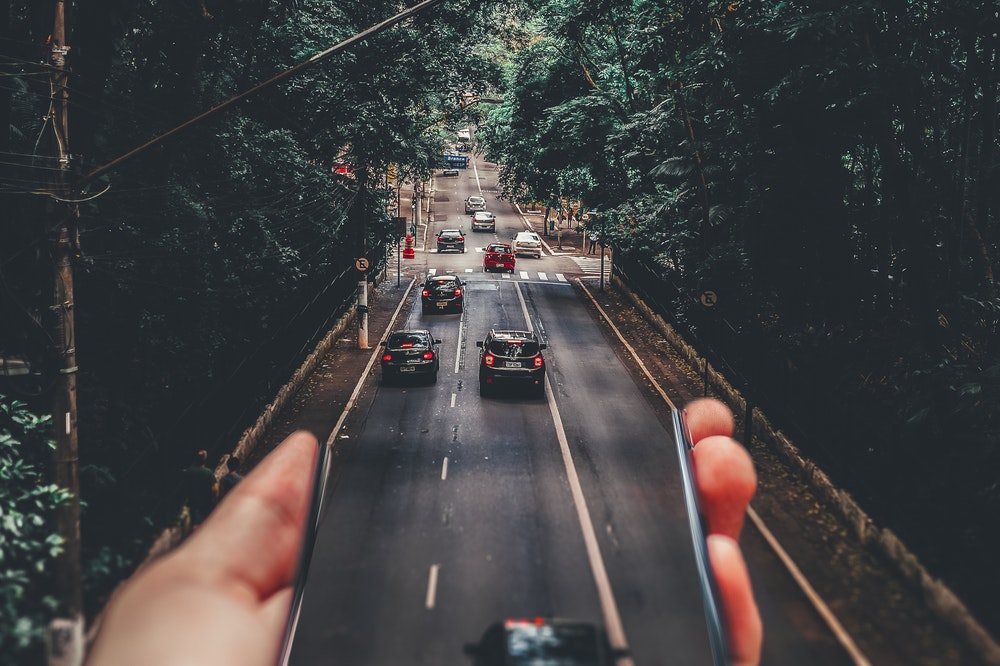Cars are getting smarter. Every year, there are new bells and whistles added to the latest models that make navigation a no-brainer or make parallel parking hands-free. Soon, there may even regularly be autonomous vehicles that completely drive themselves filling the lanes of highways and city streets.
Though the intention of building such smart vehicles is to increase safety on the road, some of these technologies have a way to go before they can be considered “perfected.” In fact, no car on the road is perfect, just like no driver on the road is perfect. That means no matter how smart our cars may get, accidents are still going to happen.
The question then is: How are car accident claims and lawsuits going to look different if the car—not the driver themselves—might be the one to blame for causing the accident? Understanding the answer to that question comes from first understanding smart cars themselves.
What is a Smart Car?
The National Highway Traffic Safety Administration (NHTSA) states that a smart car is any type of car that uses technology to help drivers avoid crashes. The NHTSA divides such smart car technologies into four distinct lists:
- Vehicle-based safety systems (sensing and computing capabilities in relation to other cars near the vehicle)
- Crash warning systems (additional computing capabilities that enact to warn the driver when their speed or brake rate might cause them to collide with the car in front of them)
- Active braking technologies (an automated system that allows the car to enact its brakes of its own accord if it detects the possibility of a crash)
- Pedestrian and bicycle detection systems (similar to crash warning systems, whereby the car recognizes pedestrians moving near the vehicle and the hazard they may pose)
Car manufacturers are building these features into their vehicles with more regularity in an effort to increase safe driving on the road. By using a combination of cameras, sensors, and artificial intelligence, these features are meant to reduce weak points in both the driver and the vehicle, such as by eliminating blind spots, alerting drivers of hazards on the road, or warning of problematic concerns within the vehicle itself.
Such vehicle-to-vehicle or vehicle-to-driver communication enables cars to actively exchange information with other cars around them and relay that information as needed to their drivers. This constant 360-degree communication with other cars and elements on the road that more and more cars are being equipped with is the feature rapidly leading to cars that drive themselves. Hands-free driving to the destination of your choice sounds like a dream, but as with any new and developing technology, it’s certainly not without its risks.
So are Smart Cars More Safe or Less Safe?
This argument comes down to looking at the two key components in the situation of driving a car: the car itself, and the person behind the wheel. In theory, these growing smart car technologies are meant to directly help the driver of the car be safer. And overall, thus far, smart car technology has statistically been showing that it’s making roads safer by reducing the number of crashes that occur.
According to the Insurance Institute for Highway Safety, 2019 showed a reduction in accidents reported to police as well as insurance companies. And the most effective safety feature contributing to this reduction was the smart technology of rear automatic braking. Elements like adaptive headlights, which adjust so as not to shine into the eyes of oncoming drivers, as well as lane departure warnings, which help drivers stay in their lanes or avoid blind-spot collisions while switching lanes, have also been shown to be two of the most effective safety features in that same report.
These types of features take some responsibility away from the driver behind the wheel, and place more of it in the automated technology of the car itself. While this does leave less room for human error, it also allows more room for humans to develop poor driving habits. If a driver becomes completely reliant on the smart technology of their car, they may be less aware while on the road, or might make rash decisions and leave the consequences of those decisions up to their car to try and remedy.
Like humans, technology is far from perfect. That means complete reliance on it within our cars isn’t foolproof, because malfunctions and misunderstandings do happen. Just take a look at the reports of accidents occurring with autonomous test cars that are already on the road. There have been numerous reports of crashes and pedestrian accidents from companies like Tesla and Google, who are the first to breach some of these new technologies.
So while smart features are great to help aid safe driving, it should still, first and foremost, be the responsibility of the driver themselves to make sure they are always behaving like a safe driver.
What Do Smart Car Accident Claims Look Like?
The process of filing a claim or a lawsuit after a car accident involving a smart car largely follows the same processes as filing a claim after any other car accident. The difference that may occur during the process, however, is in how and where fault is determined and assigned.
One of the very first questions the insurance companies are going to ask following a claim being filed is, “How did the accident happen?” And if the driver of the vehicle who caused the accident thinks they might be able to place blame on their car’s features rather than their own driving, they will likely do so. For example, if they changed lanes on the highway without seeing you in their blind spot and collided with your car, they may place blame on their vehicle’s blind-spot detection system malfunctioning. These types of scapegoats could complicate the process of the victim in the accident scenario receiving the compensation they deserve from the driver’s insurance company, because the insurance company may instead take the claim up with the company behind the vehicle in question.
As car technology continues to advance, it’s predicted that car accident liability will gradually begin to shift from the person to the product. Primary responsibility may belong more and more to the designer or manufacturer of the automobile rather than the driver of the automobile themselves. And when the world inevitably shifts to a prevalence of completely driverless cars on the road in the near future, the landscape of accident claims will likely shift as well.
In the meantime, if you’re involved in any type of severe car accident at all, the best course of action is always to get the medical attention you need, file a claim with your insurance provider, and then contact a car accident lawyer to take a look at your case. A team like The Whisler Law Firm has decades of experience dealing with an array of motor vehicle accidents involving all manner of vehicles.
Call our office at 833-529-5677 or fill out our online form to schedule an initial consultation with our team for no charge and with no obligations. We’ll help you determine the next best steps to take to get the coverage and compensation you deserve.



